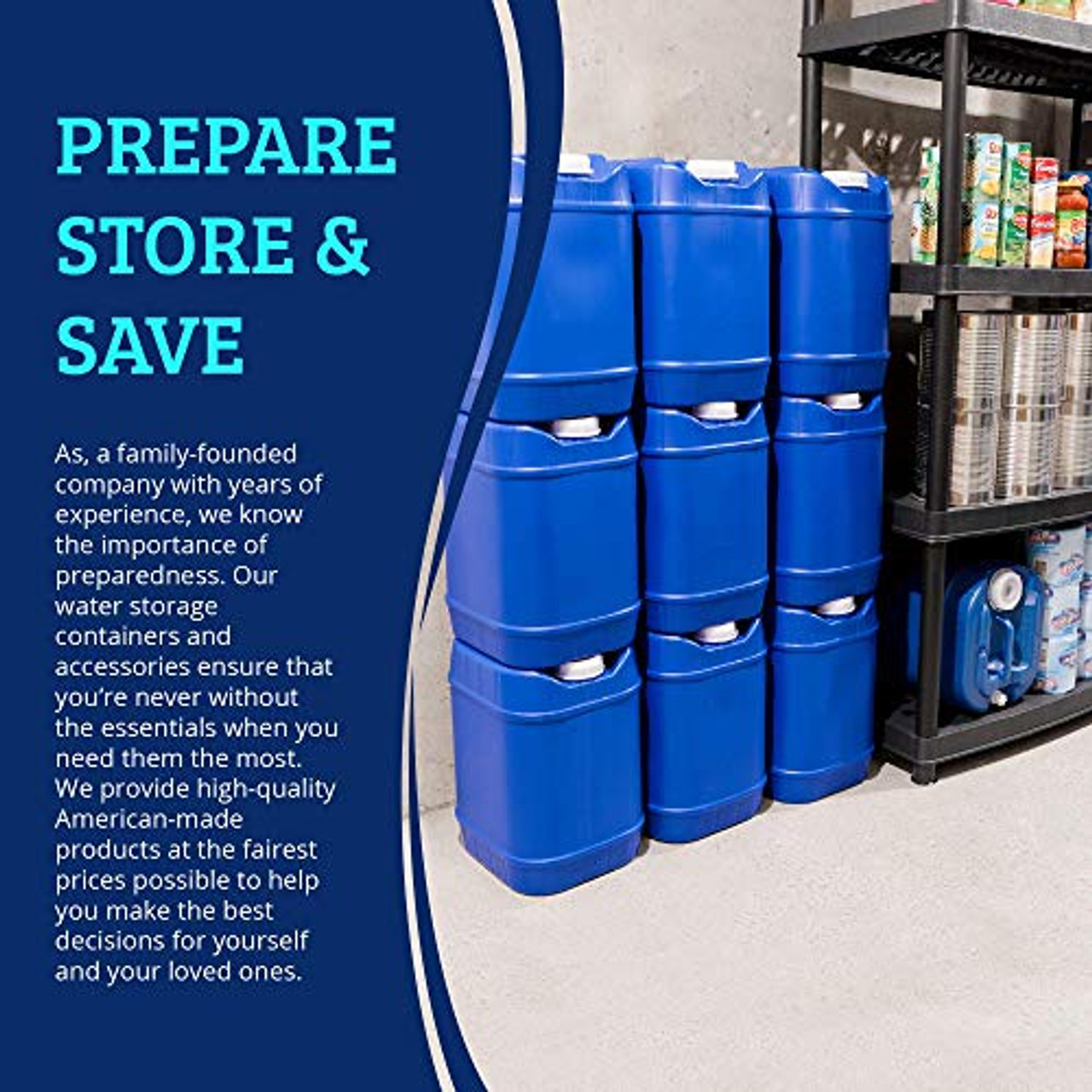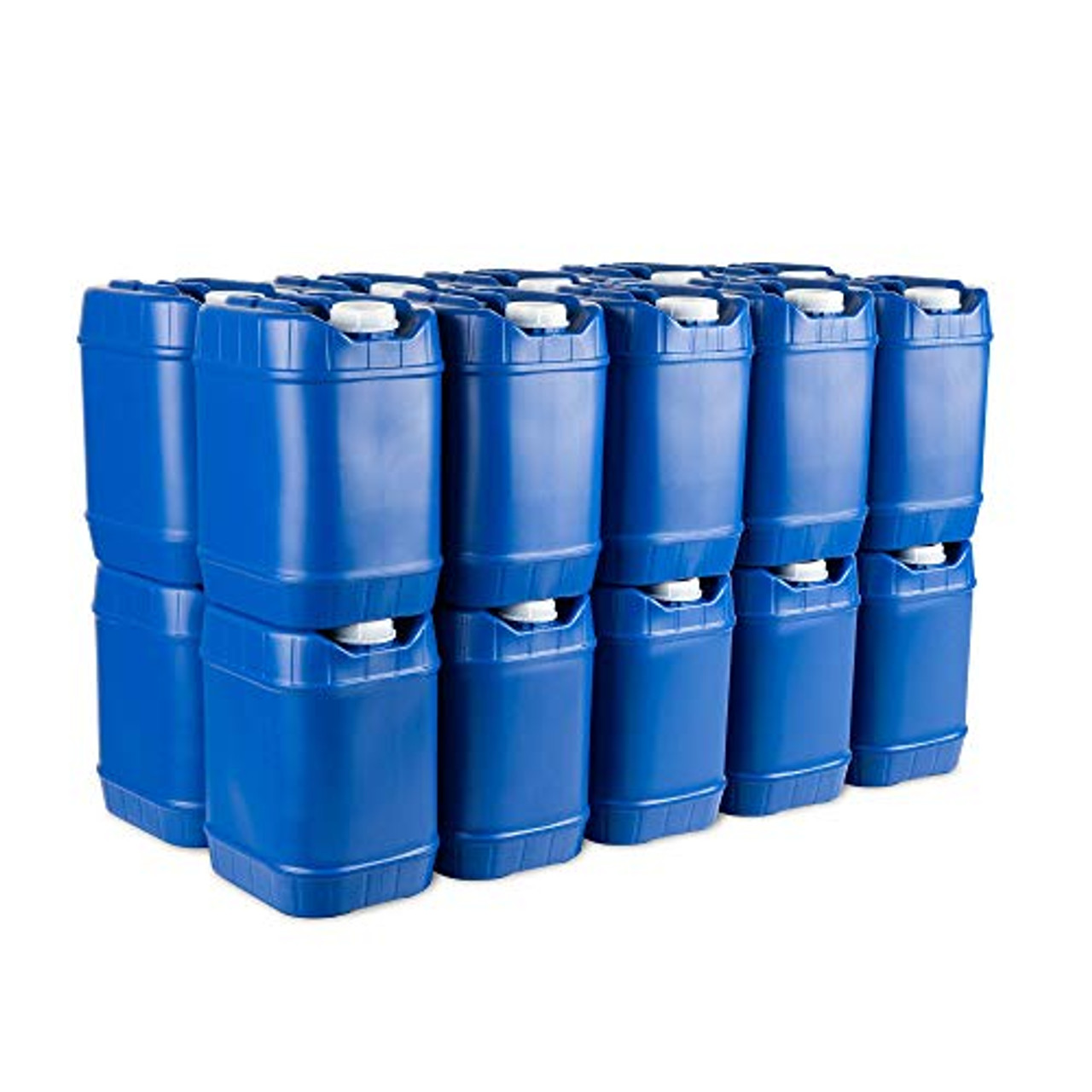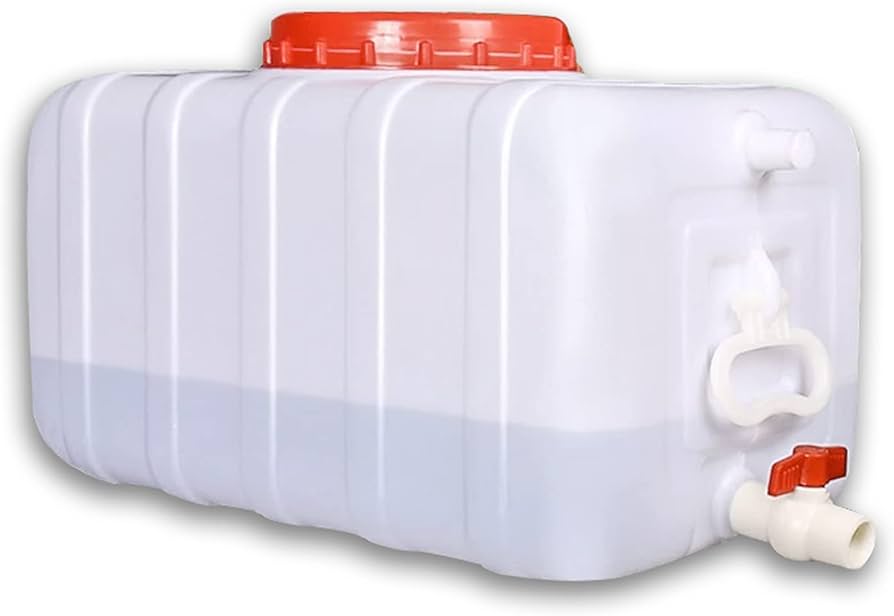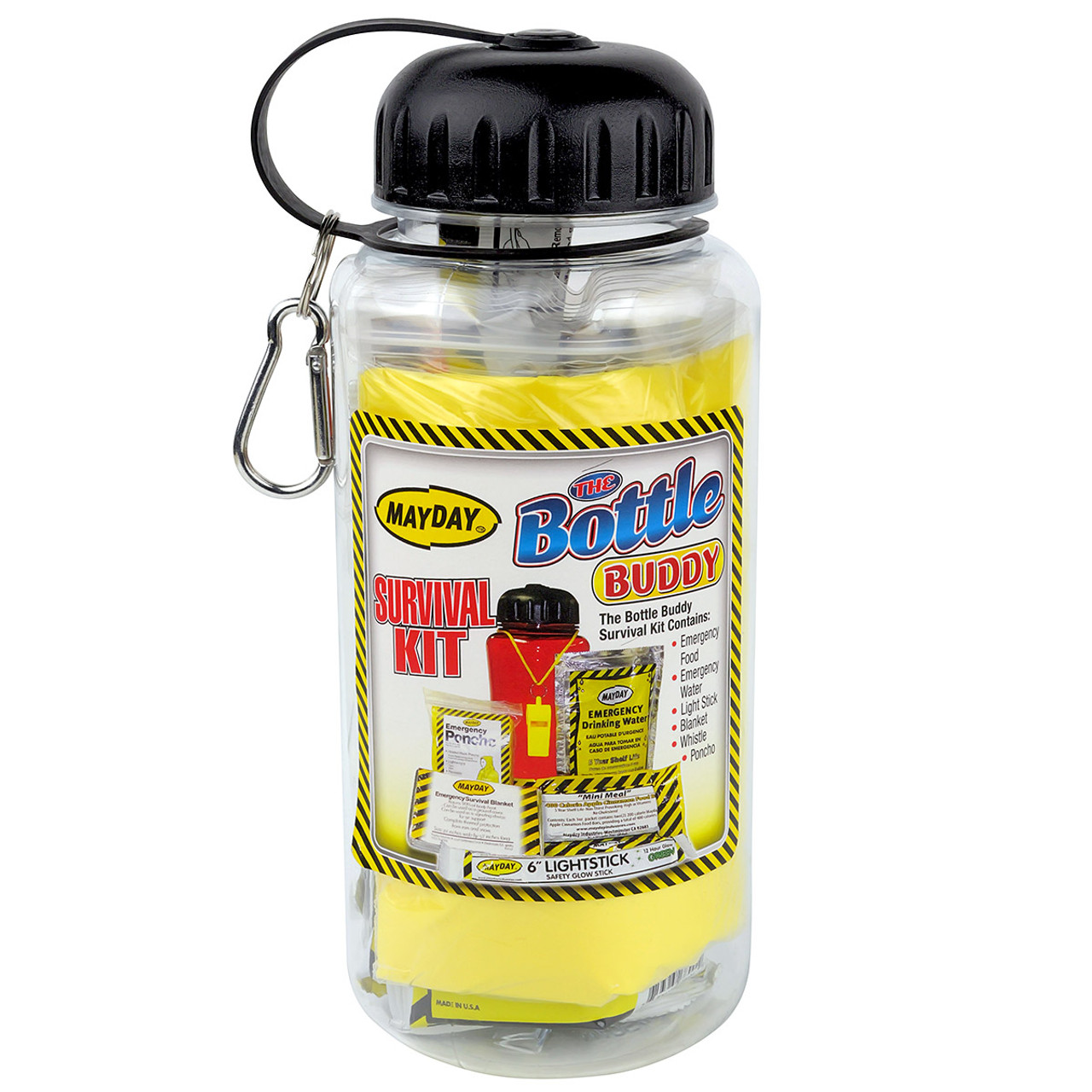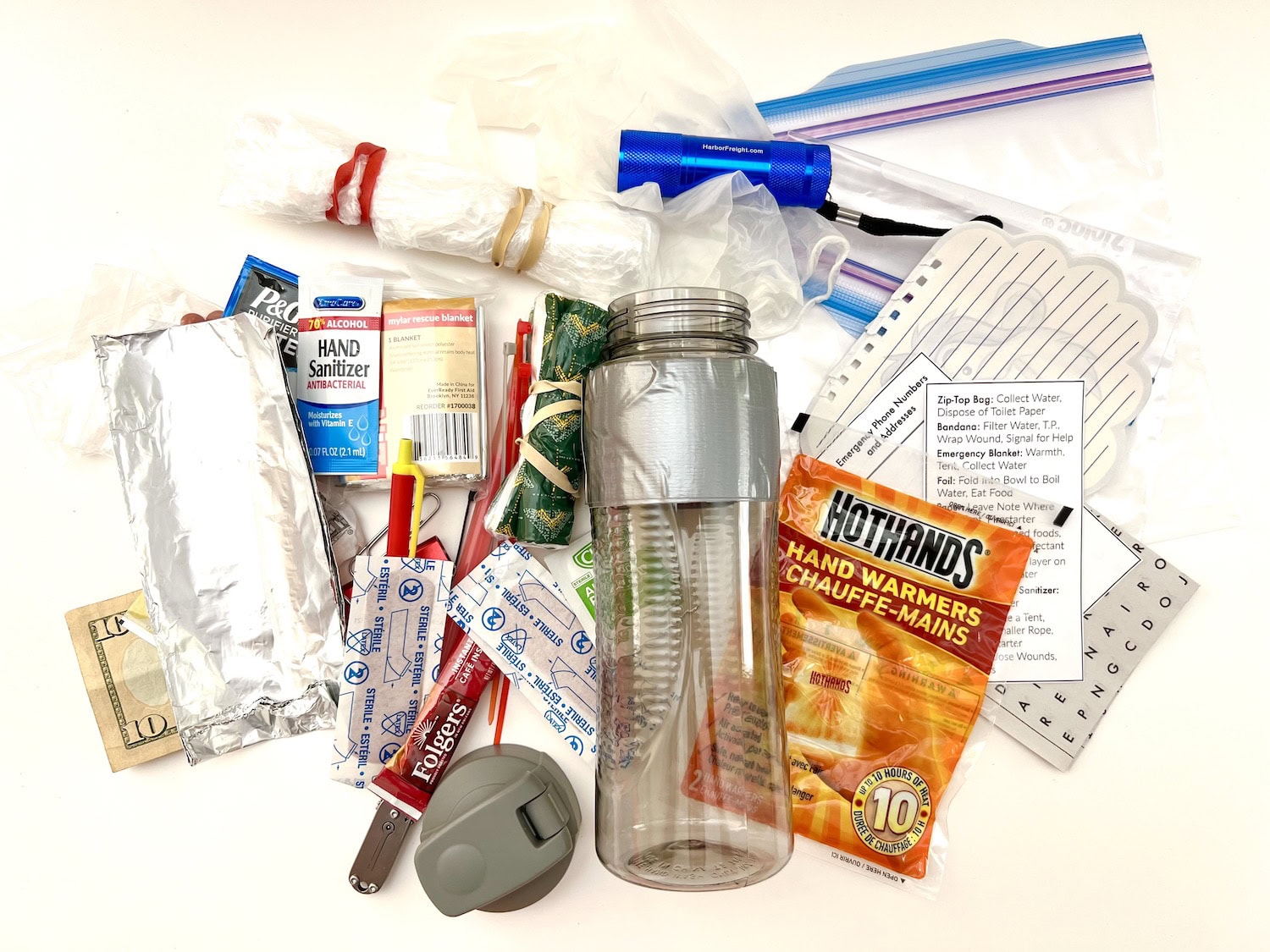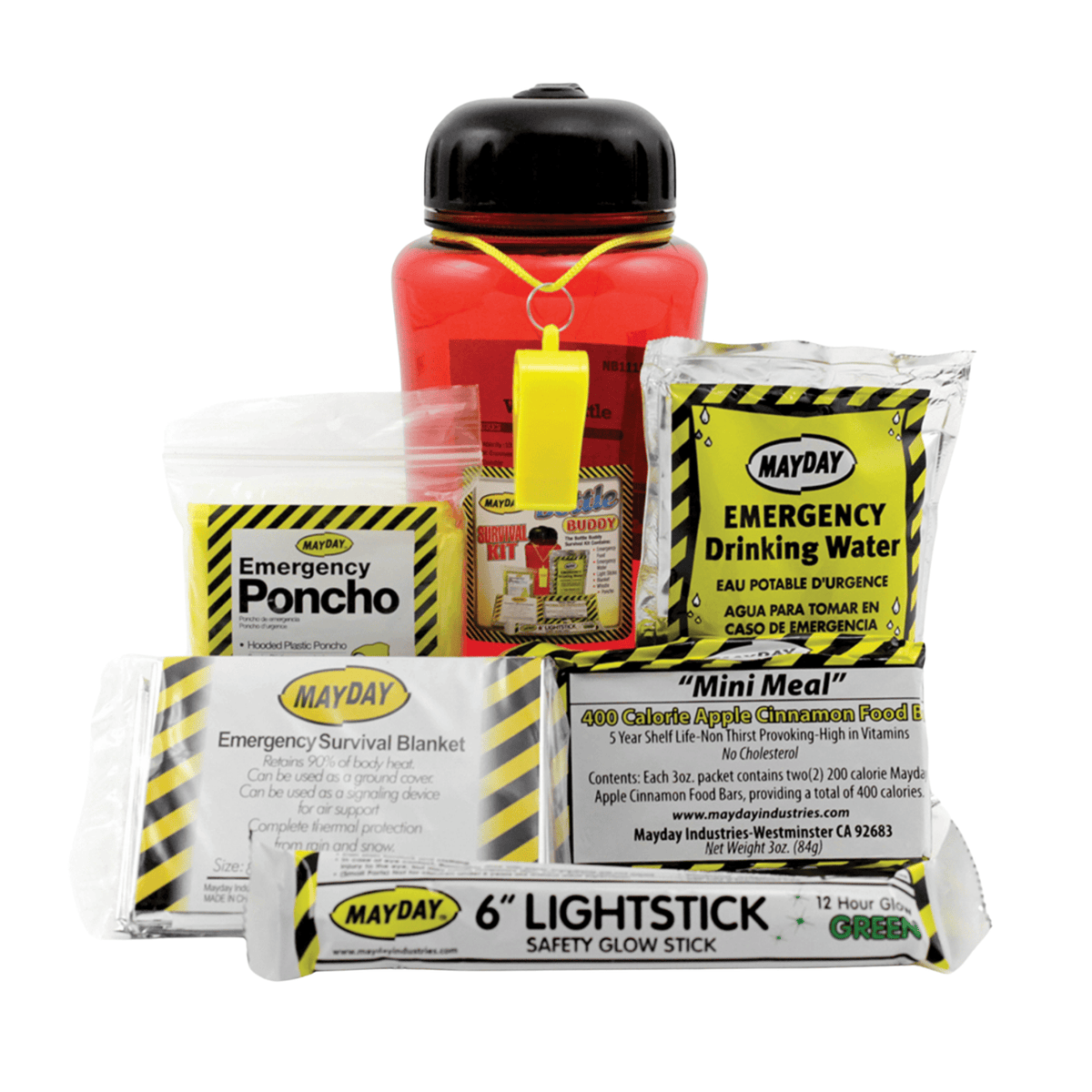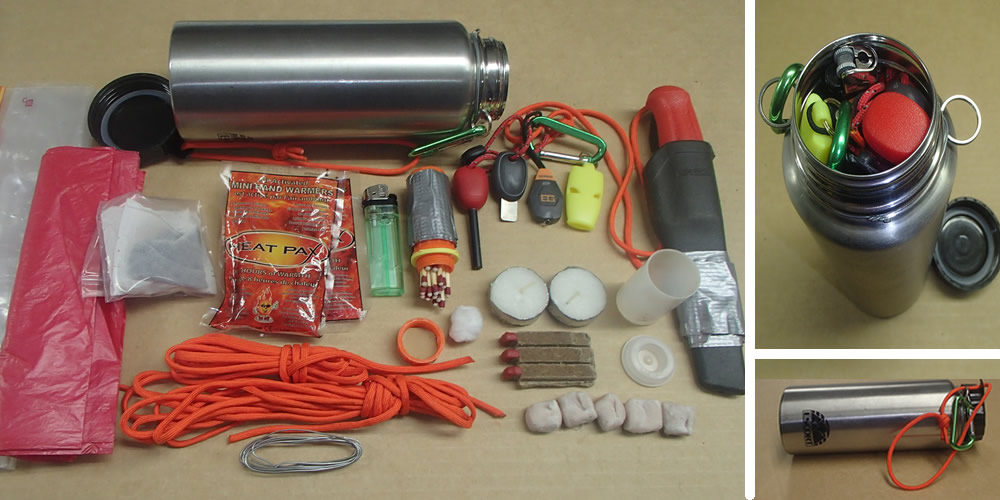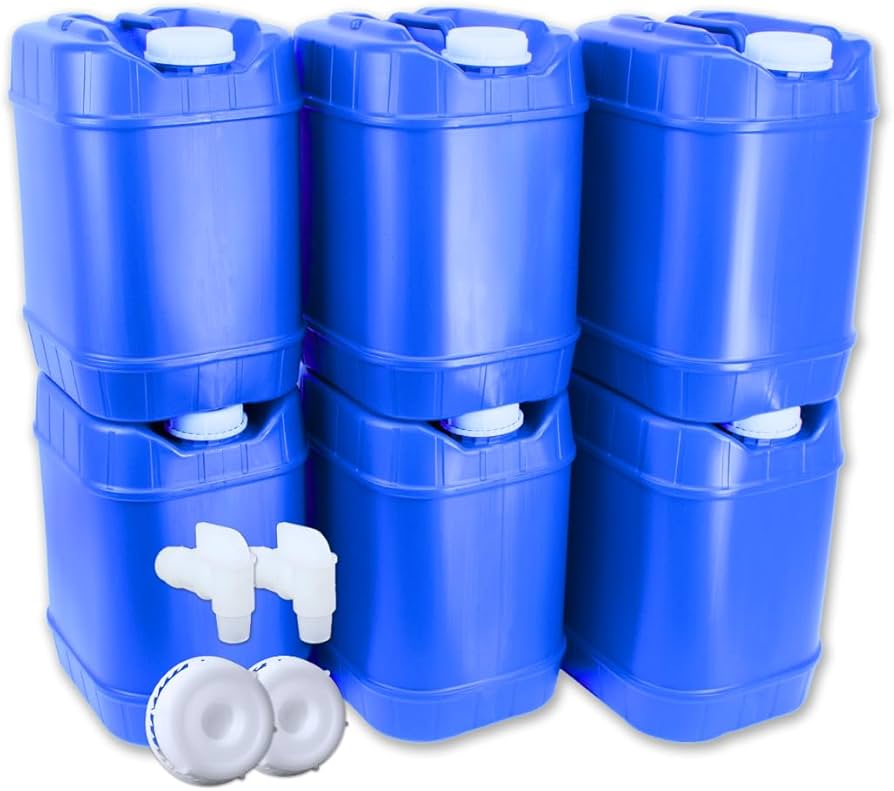How Much Water Do Chilean Families Need for Emergencies?
Calculate water needs based on Chilean hazard scenarios. Standard recommendation: 1 gallon per person per day. For a family of four in Santiago: 12 gallons minimum for 3 days, 56 gallons for 2 weeks. Include extra for children, pregnant individuals, pets, and hot climate conditions.
Read Full Article →